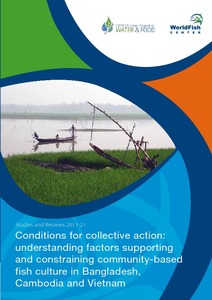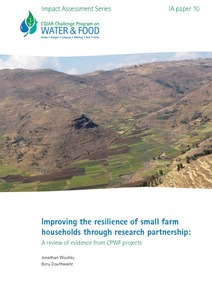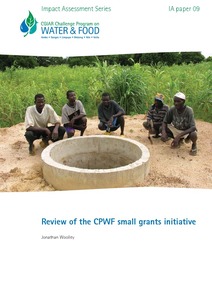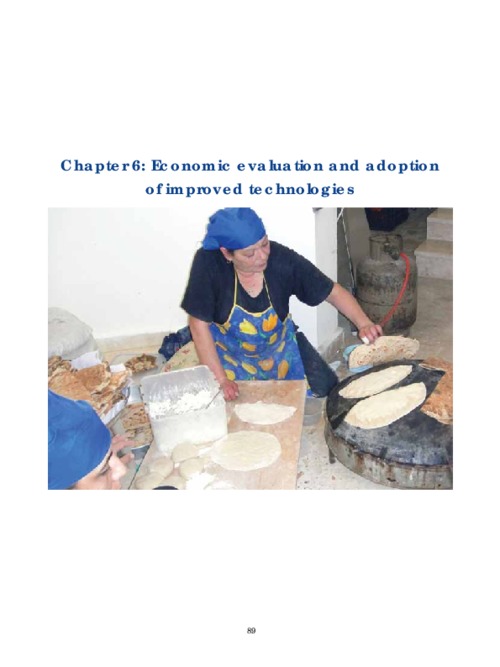Assessment of status and trends of olive farming intensity in EU-Mediterranean countries using remote sensing time series and land cover data
For EU-Mediterranean olive groves (Olea europaea), mapped in CORINE, classes of olive farming intensities were derived from the outcome of a multi-temporal remote sensing vegetation dynamics analysis. The management intensity classes were developed in view of a differentiated accounting of olive groves when delineating High Nature Value Farmland areas (HNV) at pan-European level. The remote sensing input data used was the Green Vegetation Fraction (GVF), derived in 10-day intervals from a long-term time series of NOAA AVHRR data.










